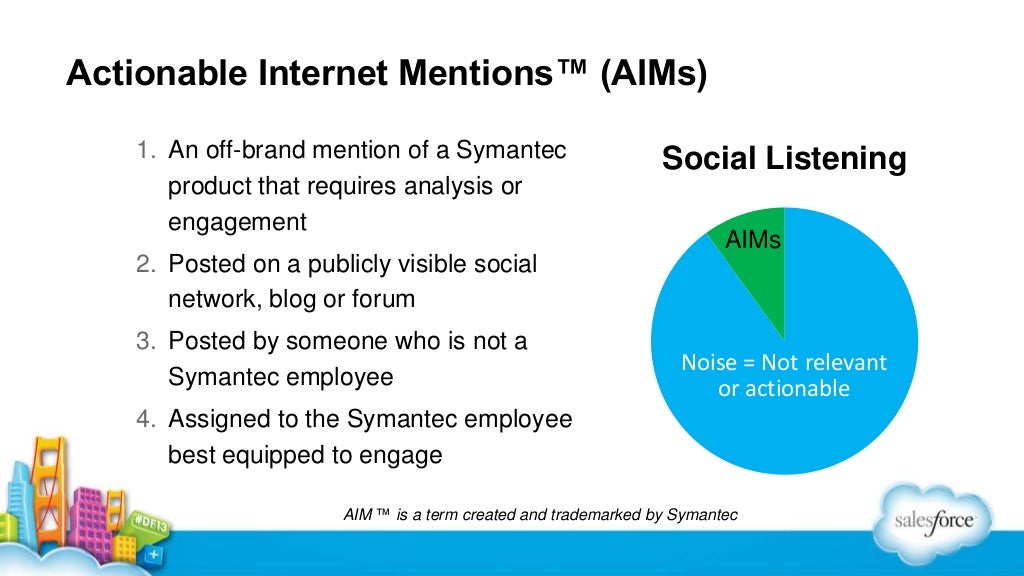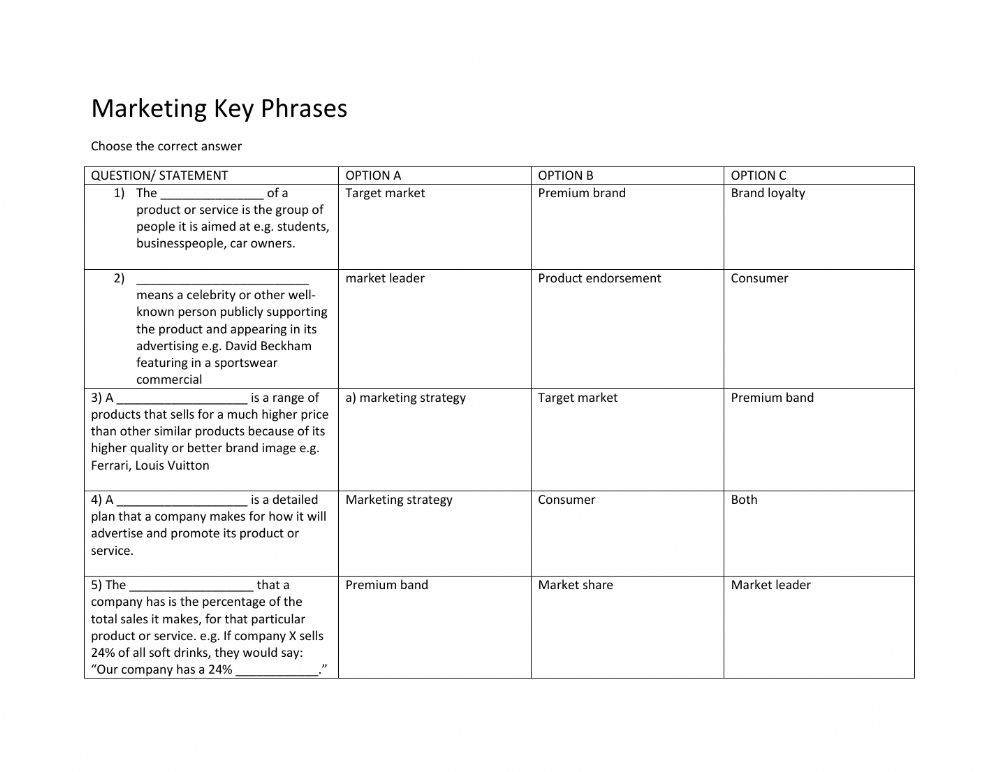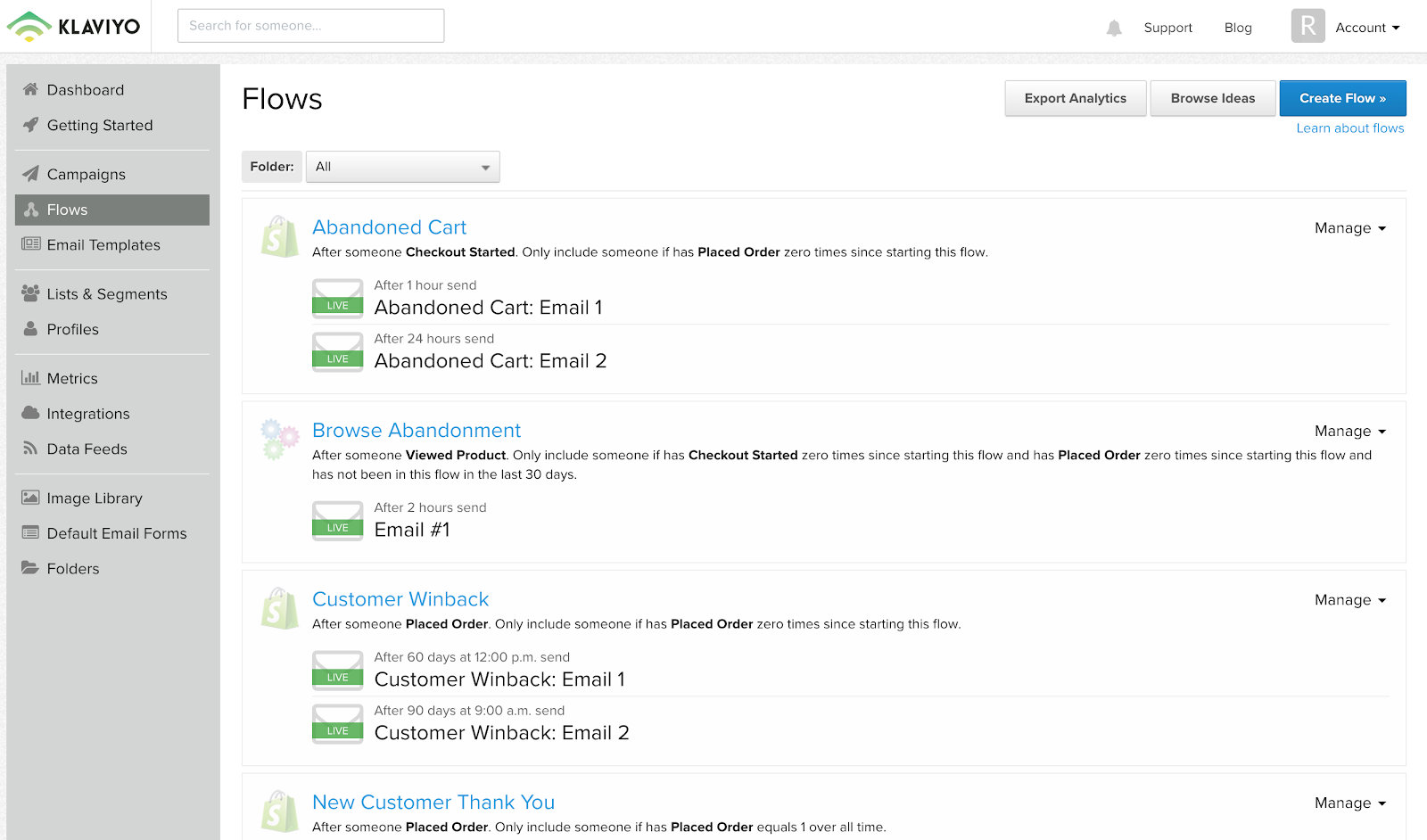
Be concise and direct when writing email marketing content. Keep your main marketing message at the forefront, such as a product announcement. Information about your previous products or business news can be included in other sections of your email. Your email should be concise and easy to read. Here are some guidelines for email marketing content that is effective:
Be succinct
Email newsletters should be concise with a single main idea. You should not try to sell readers everything. Instead, only highlight the most important stories. Don't force your readers to read hundreds of words. Send 500 words or less in your emails. Here are a few tips that will help you write shorter, snappier emails:
After writing, ensure that you read through your content again. If there are any words or phrases that repeat themselves, cut them out. Repeating yourself makes the reader impatient. They will not respond to your call-to action if they don’t grasp the point. Your users will also lose interest if your email becomes too long and they will likely stop reading it after a few seconds.
The next thing is to not go on too long. If you give away too much information, it can appear like you are reading an entire book. Make sure you highlight or put important information first. Email marketing content should not contain too many words. Instead, use graphics and images. Even the most boring emails can be made interesting with graphics.
Keep your mind open
Include questions that encourage the reader's response in your email marketing content. These questions will be more engaging if you ask them to think. Open-ended questions are possible at the bottom of your email. You also have the option to promise an answer in a future email. Avoid bombarding your readers with too many emails. They will become overwhelmed. Instead, leave them with a few questions to think about.
Have a clear call to action
You should have a clear call-to-action in all your email marketing content, regardless of whether you are sending it to potential customers or to an audience who doesn't yet know you. A call for action is a simple phrase in the message that calls readers to act. It's usually an action or click. It should also be obvious and follow the message itself.
The call to actions should be prominently displayed in email marketing content. A call-to-action button can double your conversion rate by up to 28% Your primary CTA should always be visible and the most prominent. It should also be easily accessible. Clear calls to actions will also increase engagement. This in turn leads to more leads, and ultimately converts. However, some email marketing experts disagree on where to place a call to action.

Simple and clear calls to action are the best. A product that is too complicated will be overlooked by the reader. Digital campaigns will allow the reader to be more familiar with the product and encourage them to take action. The most effective call to action phrases include short, strong verbs. Consider the NPR call to action that asks donors to make a donation.
Another important part of email marketing content is the call to action. It should incite immediate action by the recipient. For example, the best call-to-action buttons are not more than 2 words in length. Because people are increasingly short on attention, a concise call to actions button will suffice. A short call-to-action phrase will get more leads than one that is long. This is the first step in building a strong email marketing content strategy.
Be relevant
Relevancy is an important quality of an email. Your subject line and message should be relevant. This will bring your audience's attention and increase your chances to get a clickthrough. GoDaddy, for instance, reminds subscribers to renew their subscriptions by sending reminder emails. These emails provide information about the email and remind subscribers about how to renew. To increase clickthroughs, the emails also include auto-renewal options.
When writing email marketing content, you should make sure that it is scannable. Because of our limited attention spans people are less likely be able to read long emails. Instead, create short, punchy sentences, and use bold words, bullet points, and bold words to get your point across. Make sure you use a call-to-action at the end of each email to ensure your email is read and shared. For sign-ups or purchases, be sure to include a link that subscriber can follow.
It is hard to create images-rich texts, but the end result is easier. Emails that include images are more likely to convert than emails that do not. An ideal time to use images is for a new product launch or promotion. You should use images sparingly, and keep them relevant to the message. Images should be low in memory, not too large nor too small. Images should be valuable and increase traffic.
Remember to segment your subscribers. It is important to understand your subscribers' demographics and their needs in order to send them targeted emails. It is a good idea to only send emails to a single group of subscribers. This means that you don't necessarily need to hire a professional copywriter to write email messages for your subscribers. Visually appealing content that speaks to your subscribers on a personal level will make them more likely to open your email.
Visualize

Email marketing is a great tool that can work for any size business. But, getting people to open your emails and read them is the hardest part. To achieve success in email marketing, you need to visualize your audience and create your email content with them in mind. You can persuade your audience to open emails by using images or videos. Visuals are more noticeable than text. It is important to learn how to best use images and videos.
Even though videos can be tricky to integrate into email marketing content. However, they are a great way of showing customers how a product functions. A video will not play automatically when an email is opened. Instead, users must click on a link in order to view the video. It is more engaging to add a video to your email than a link to a product. Video is not the right tool for every email. Video can be used to show best practices, product illustrations or tutorials.
A good way to add more excitement to your email marketing content is to use 3D images. To enhance your message, you can combine 3D images and animations. A 3D image is more memorable than a regular image and can provide a pleasant experience for your subscribers. Cinemagraphs are another example of animation. These images are framed in a moving image. Email marketing is all about understanding the psychology behind visual content.
FAQ
Where do I get my keywords?
The first thing you should do is think about what products or services are available and who your ideal customers are. Then, start to search for standard terms that relate to those items. Once you have a list of phrases, you can use Google Keyword Planner to find out what phrases people are searching or directly go to search engines such as Bing, Yahoo!, and DuckDuckGo.
What's the time frame for PPC Advertising to produce results?
Paid search results take longer than organic search results because there is no natural flow to them. Searchers expect to see relevant results at the top when they are searching for something. Paid search results have to be more convincing to convince people to spend money on advertising on their site.
What Are Some Common Mistakes People Make When Using SEO?
SEO is one of the biggest mistakes people make. SEO is not a quick process. To achieve success, you'll need to put in the work required to ensure that your website is optimized properly. It is also common to make search engines fool you by using black hat tactics. Black-hat SEO techniques can cause you to fall in search engine rankings rather than improve them.
How can I get started with SEO
SEO is a process that can be used in many ways. The first step in SEO is to identify keywords you'd like rank for. This is called "keyword Research". Next, you will need to optimize every website page for the keywords.
Optimization involves optimizing titles, descriptions and meta tags. It also includes creating unique page URLs and linking to other websites. After optimization is complete you need to submit your site to search engines like Google Yahoo! and Bing.
You will also need to keep track over time of your progress to determine whether you are succeeding.
How do I create an SEO Strategy?
To create an effective SEO strategy, you must first understand what you want and how you intend to achieve it. This will enable you to structure and organize your content around the goals.
The second step is to begin working with keywords. Keyword research will give you insight into what people search for when they use specific words. This information will allow you to write articles about these topics.
After writing your articles ensure that you include your target keywords in them. Each article should be optimized by adding relevant images and videos. Lastly, link to other related pages wherever possible.
After writing all your content, you can start optimizing it!
How often should I update the website?
There are many methods to update your website. One way is to use a CMS or Content Management System. This allows you to easily modify all content on your site without needing to touch any code.
Another way to update your website is to use plugins. These plugins may be purchased at WordPress stores or downloaded by you.
There are also several free plugins available, including WPtouch and Yoast. It is a good idea to try different methods to find the one that works for you.
What are the differences between SEO strategies?
Search engine optimization (SEO), search media optimization (SMO), as well as pay-per click advertising (PPC) are all examples of different SEO strategies.
SEO optimizes content using certain keywords. This can be done with text formatting or HTML code.
This ensures that your website appears higher in search result pages.
Social media optimization (SMO), is a way to optimize your website for use on social networks such Facebook, Twitter, and Google+.
These can help you build your online reputation and increase traffic to your site when people search for related topics.
PPC ads, which show relevant products and services, appear at search engine results pages' top.
Advertisements on Google paid searches are the most popular type of PPC advertising. These ads are expensive but extremely effective.
There are many other types of PPC advertising, including video ads, display ads and sponsored posts.
Statistics
- Which led to a 70.43% boost in search engine traffic compared to the old version of the post: (backlinko.com)
- Deleting those 10k pages is one of the main reasons that he improved his site's organic traffic by nearly 90%: (backlinko.com)
- A 62.60% organic traffic boost to that page: (backlinko.com)
- These guides are designed and coded 100% from scratch using WordPress. (backlinko.com)
- If two people in 10 clicks go to your site as a result, that is a 20% CTR. (semrush.com)
External Links
How To
How do you know when your SEO is working?
There are several ways that you can determine if your SEO is doing a great job.
-
Your bounce rate should not exceed 30%. Users will leave your website without clicking on any other links. High bounce rates indicate that your audience isn’t confident in your brand or doesn’t care about what you sell.
-
Visitors will visit different pages on your site. This is a sign that they are engaging with your site.
-
Your conversion rate keeps improving. This is because your audience is becoming more aware of your products or services and wants them to buy them.
-
Your average site time is increasing. Visitors spend more time reading your content.
-
This is a good sign that you are doing great SEO.
-
You are getting more shares via social media. This indicates that your content can be shared by others, reaching audiences beyond your reach, and is therefore being shared more often.
-
This is an indication that people are responding positively towards your work by leaving more comments in forums.
-
Increased engagement means more likes and tweets around your site, as well as shares, shares, likes and likes on posts.
-
Your rank in SERPs keeps increasing, a sign your hard work is paying off.
-
You are getting more leads from your website. This is an indication that people have found you website organically, and are now contacting me.
-
Your sales are growing. This means that people who come to your website looking for products and services are now purchasing them.
-
You get more views and comments on your blog posts, which means that people find your content useful and interesting.
-
This will increase your subscribers to your email lists. It shows that people trust you enough for them to sign up to receive information about your business.
-
The sales are increasing - this means that people are liking your products and are willing to pay more for them.
-
You've got more followers on social networks, showing that your fans share your content and engage with your brand.
-
You're getting more PR mentions - this shows that journalists are talking about your brand online. This increases your brand awareness and improves your reputation.
-
You're being recommended more often - this shows that other companies also recommend your brand.
-
People keep returning to your website - this shows your customers are happy with your work and will come back again the next time they need your help.
-
Your competitors are losing ground - this shows that they didn't invest as much money in their SEO campaigns as you, making them look bad.
-
Your brand's image is changing - this shows that your brand is becoming popular among a new group of customers.